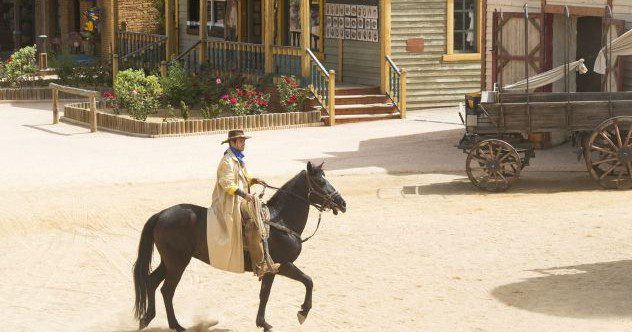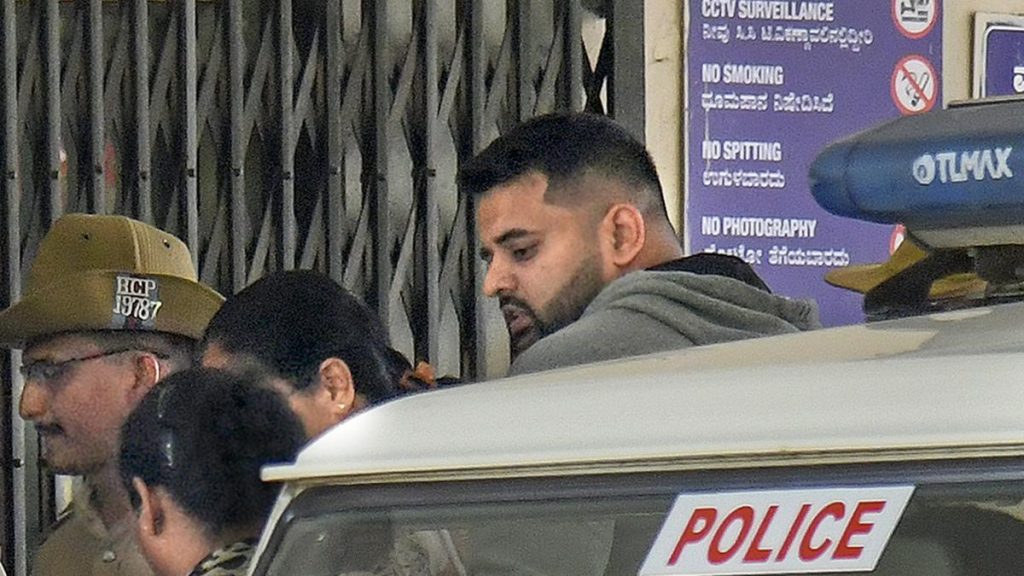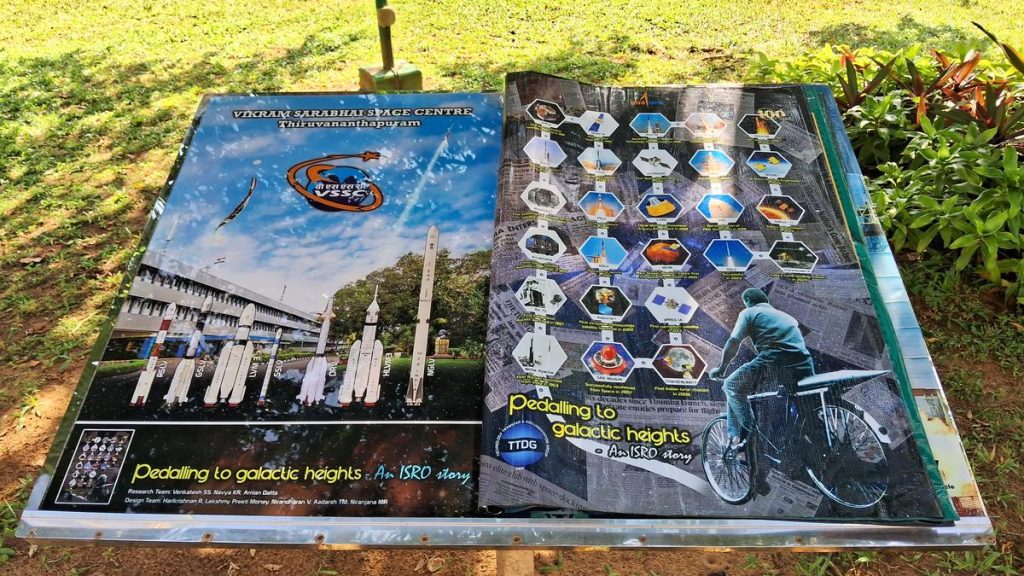Now Reading: 10 Surprising Insights into the Making of Iconic Western Films
-
01
10 Surprising Insights into the Making of Iconic Western Films
10 Surprising Insights into the Making of Iconic Western Films

Fast Summary
- Western films have a rich legacy but are no longer as dominant as their mid-20th-century heyday. Despite this, beloved classics and modern gems continue to resonate.
- High Noon (1952) nearly resulted in director Fred Zinnemann’s death when a train accidentally broke a camera rig during filming due to brake failure.
- Al Mulock tragically committed suicide while filming Once Upon a Time in the West (1968), wearing his costume at the time.
- Paul Newman performed most of his own stunts for Butch Cassidy and the Sundance kid (1969) after the original stuntman indicated difficulty with certain tricks. Robert Redford was prevented from doing perilous stunts for safety reasons.
- Steve McQueen and Yul Brynner clashed on set during The Magnificent Seven (1960) due to competitiveness issues, reconciled years later by McQueen’s apology before his death.
- The first audible flatulence in film history occurred in Mel brooks’ comedic classic Blazing saddles (1974).
- Stuntman Yakima Canutt risked his life for breathtaking action sequences in John Ford’s Stagecoach (1939), including narrowly escaping injury while evading horses and stagecoaches traveling at high speeds.
- Oreo cookies were used creatively to control tame buffaloes during production of Dances with Wolves (1990).
- Glenn Wyatt Earp, distant relative of Wyatt Earp, played Billy Claiborne in 1993’s Western epic Tombstone, even though much of his role was cut after filming.
- During production on How The West Was Won (1962), stunt performer bob Morgan suffered severe injuries resulting in loss of limbs following an accident but continued acting thereafter.
For more details: Read More
Indian Opinion Analysis
While not directly related to India or its cinema culture, these anecdotes about Western filmmaking underscore broader themes relevant globally-such as resilience displayed by artists under extreme circumstances or creative adaptations when dealing with real-world challenges. India’s cinematic landscape could draw several lessons from this; particularly how authenticity and technical innovation can elevate storytelling even amid risk. These stories also highlight ethical discussions surrounding safety protocols for cast members and animals-topics that resonate worldwide.
India’s rich tradition of ancient drama films like biopics (Lagaan) has parallels with epics such those depicted hear reinforcing vital cultural-shared insight-driven sovereignty

























